
Acorns, known for their “Round-Ups” on purchases that encourage recurring small savings of spare change and beyond, also has a match program for IRA contributions. They also just added a new match program for UTMA/UGMA custodial accounts for kids.
Acorns Early is their UTMA/UGMA custodial account for minors, and they will give a 1% match on contributions for Acorns Gold subscribers. These UTMA/UGMA custodial accounts have a few different wrinkles. They are a flexible brokerage account, not like 529 plans where you have to pick from a menu. They can be spent more flexibly as well, not just for qualified educational expenses. A certain amount of income is tax-free each year. However, money in a custodial account is the property of the minor and they assume full control of the account when they become of age.
For 2024, the gift tax exclusion if $18,000 per person ($36,000 from a couple), so the 1% match could be worth up to $180/$360 per kid per year (you can give more, but this is without potentially triggering a gift tax). Friends and family are allowed to contribute as well.

Acorns Later is their IRA account, and they give a 3% match on contributions for Acorns Gold subscribers. Per the 2024 contribution limits, $7,000 x 3% = $210 and $8,000 x 3% = $240 (Age 50+). There is a 4-year hold period.
Acorns Gold costs $12 a month (first month free) and is their highest premium tier with other various perks. So you’d have to balance it all out for your situation.
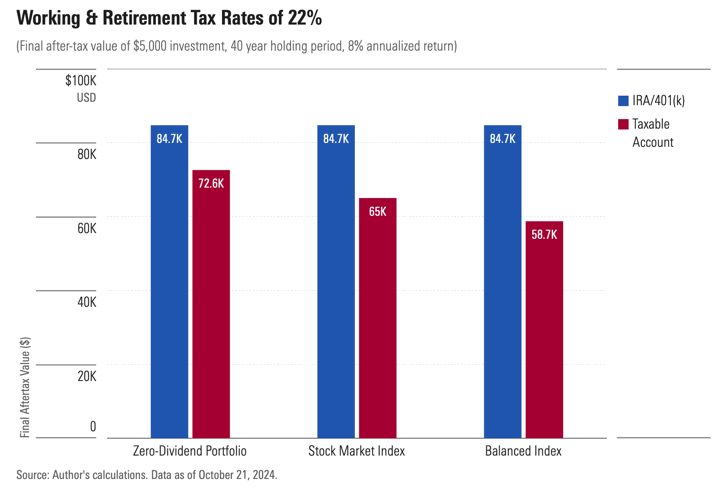

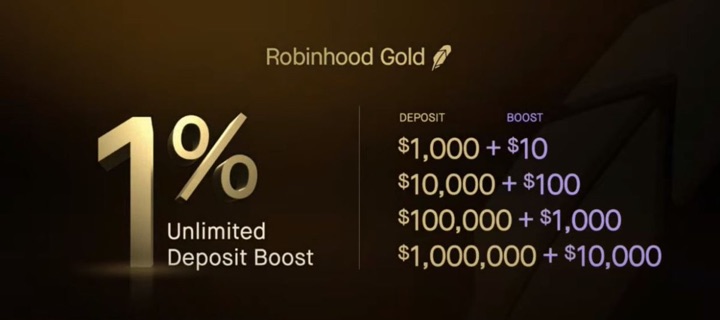
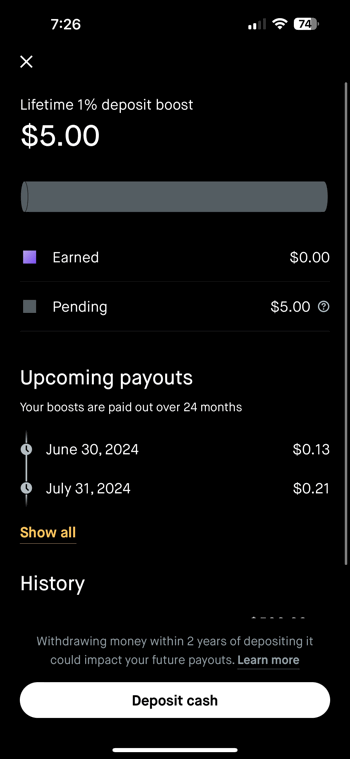

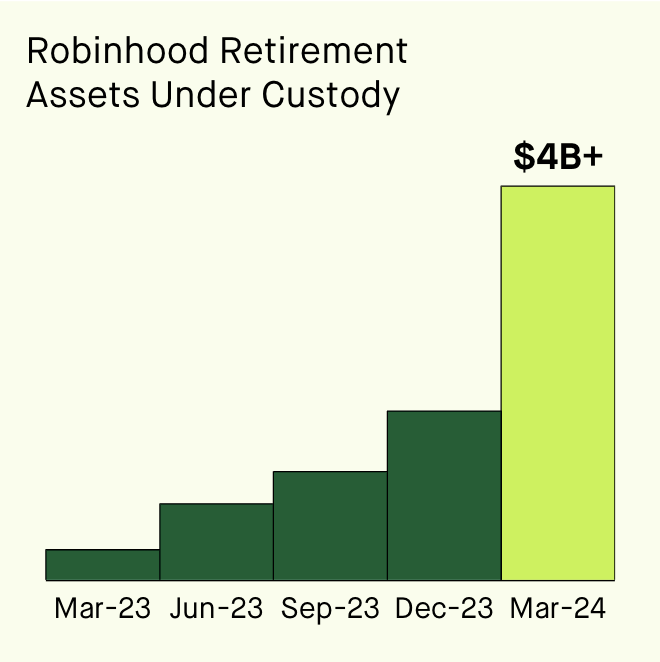




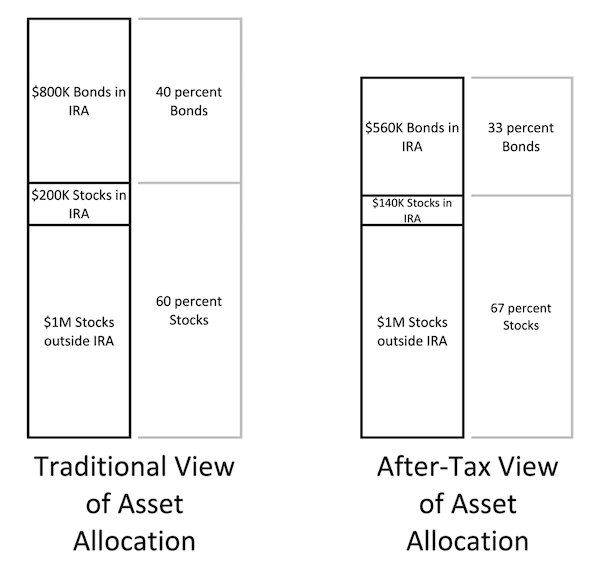
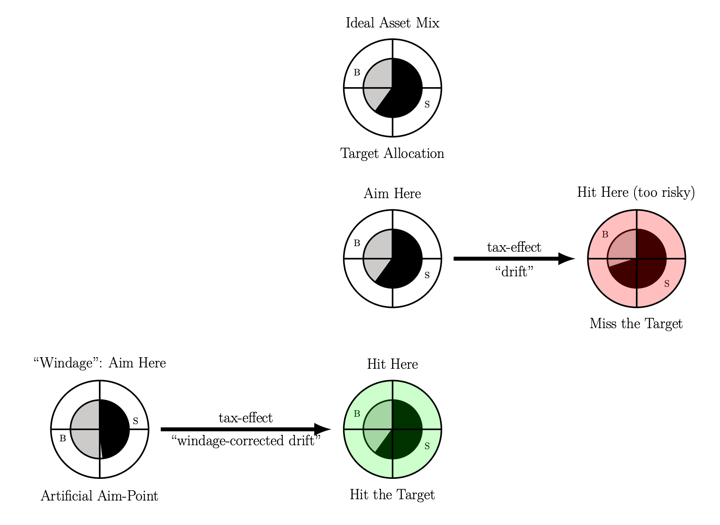
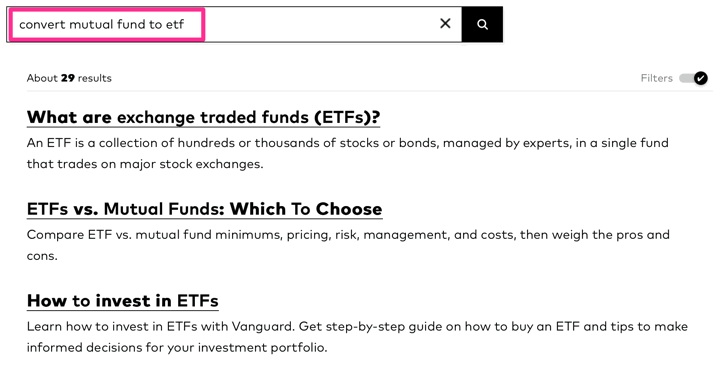
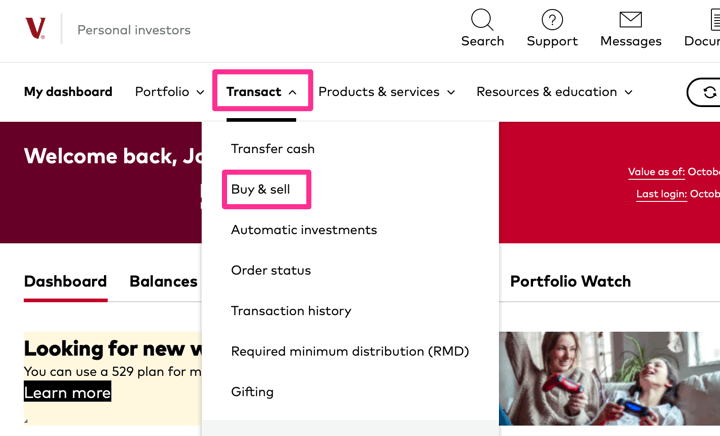
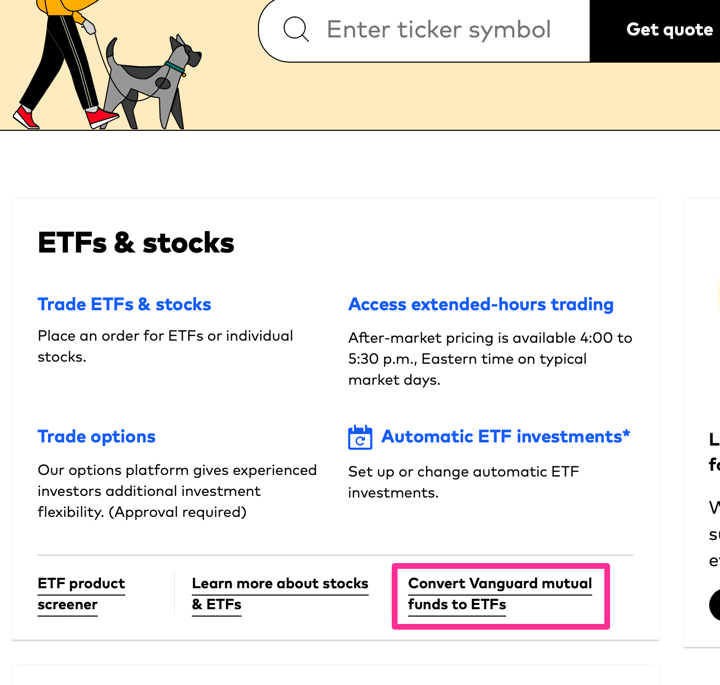
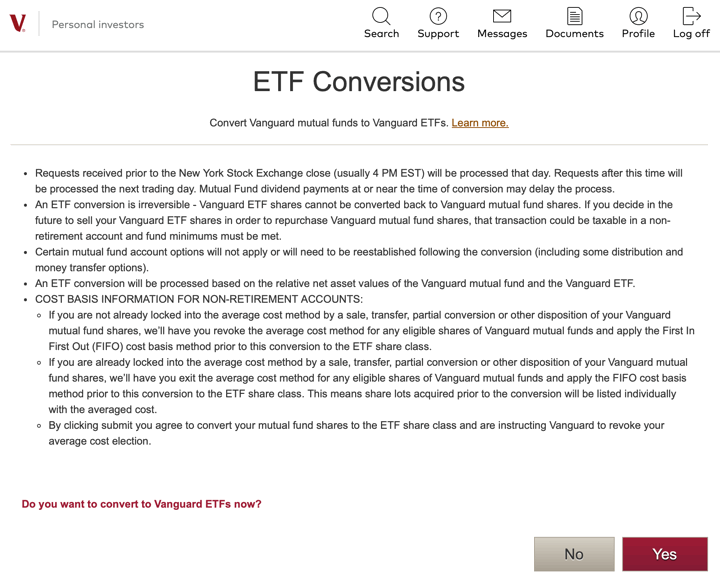




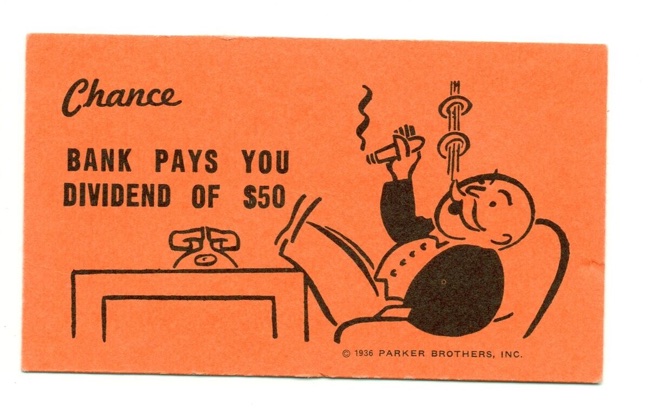

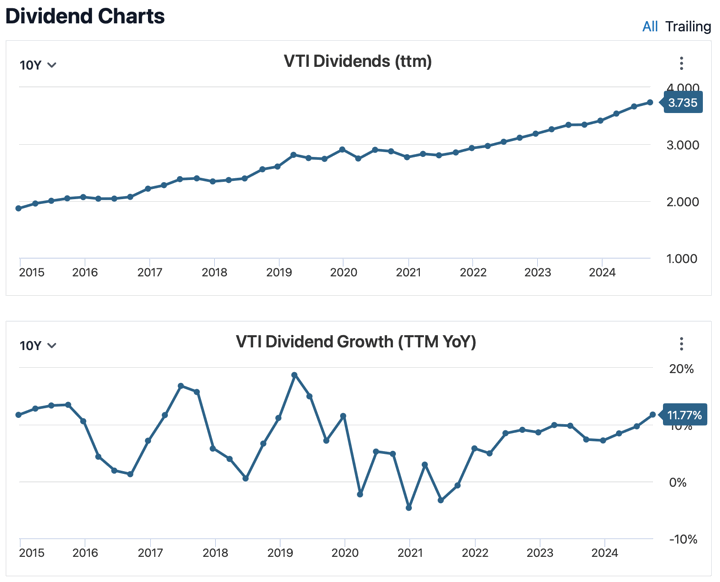
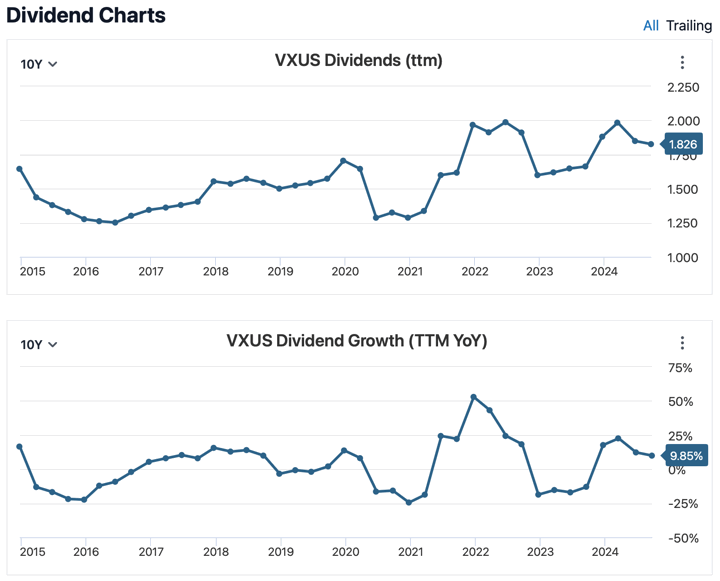

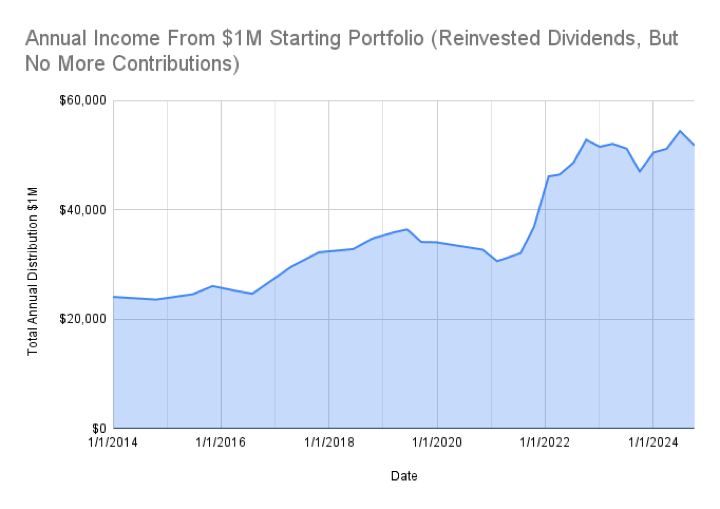
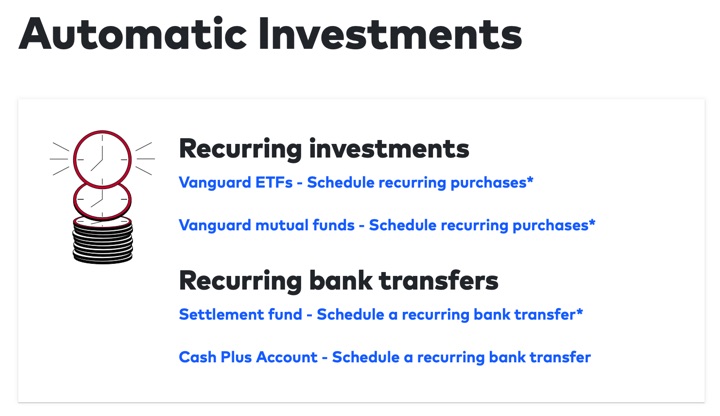

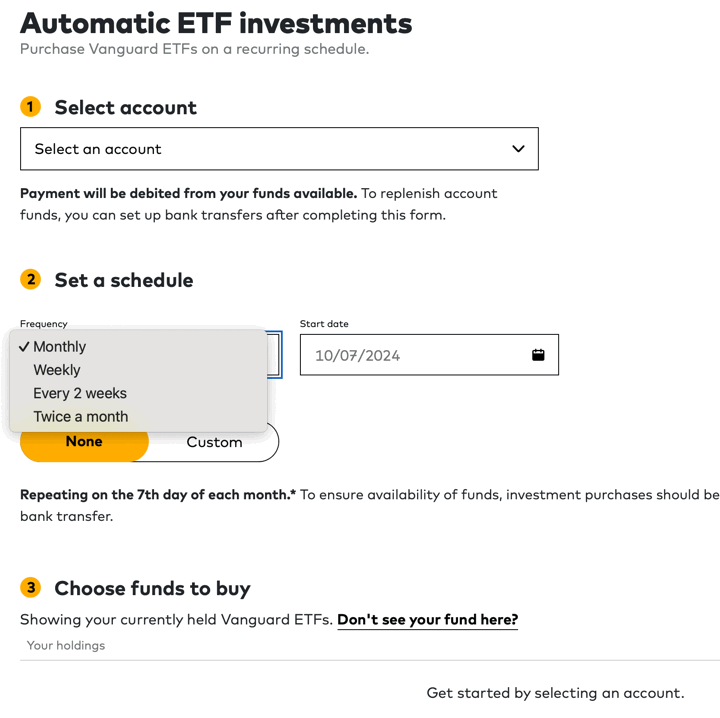
 The Best Credit Card Bonus Offers – 2025
The Best Credit Card Bonus Offers – 2025 Big List of Free Stocks from Brokerage Apps
Big List of Free Stocks from Brokerage Apps Best Interest Rates on Cash - 2025
Best Interest Rates on Cash - 2025 Free Credit Scores x 3 + Free Credit Monitoring
Free Credit Scores x 3 + Free Credit Monitoring Best No Fee 0% APR Balance Transfer Offers
Best No Fee 0% APR Balance Transfer Offers Little-Known Cellular Data Plans That Can Save Big Money
Little-Known Cellular Data Plans That Can Save Big Money How To Haggle Your Cable or Direct TV Bill
How To Haggle Your Cable or Direct TV Bill Big List of Free Consumer Data Reports (Credit, Rent, Work)
Big List of Free Consumer Data Reports (Credit, Rent, Work)